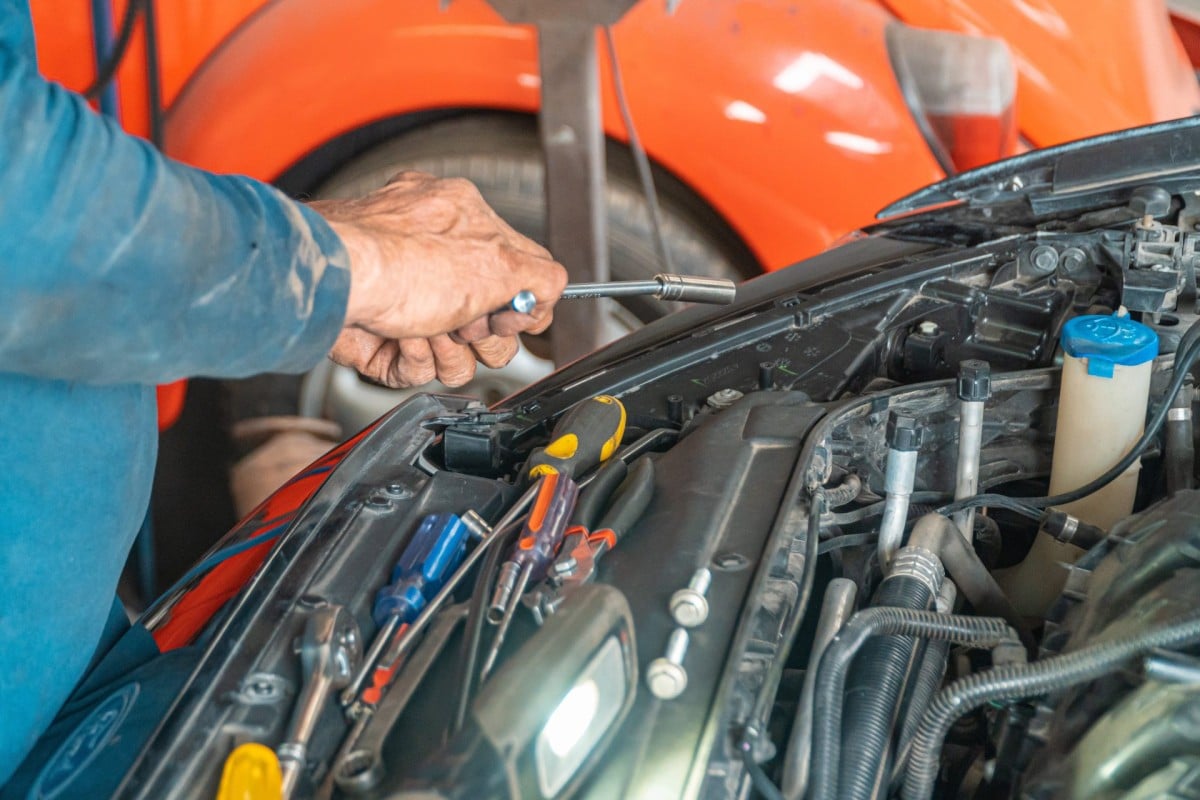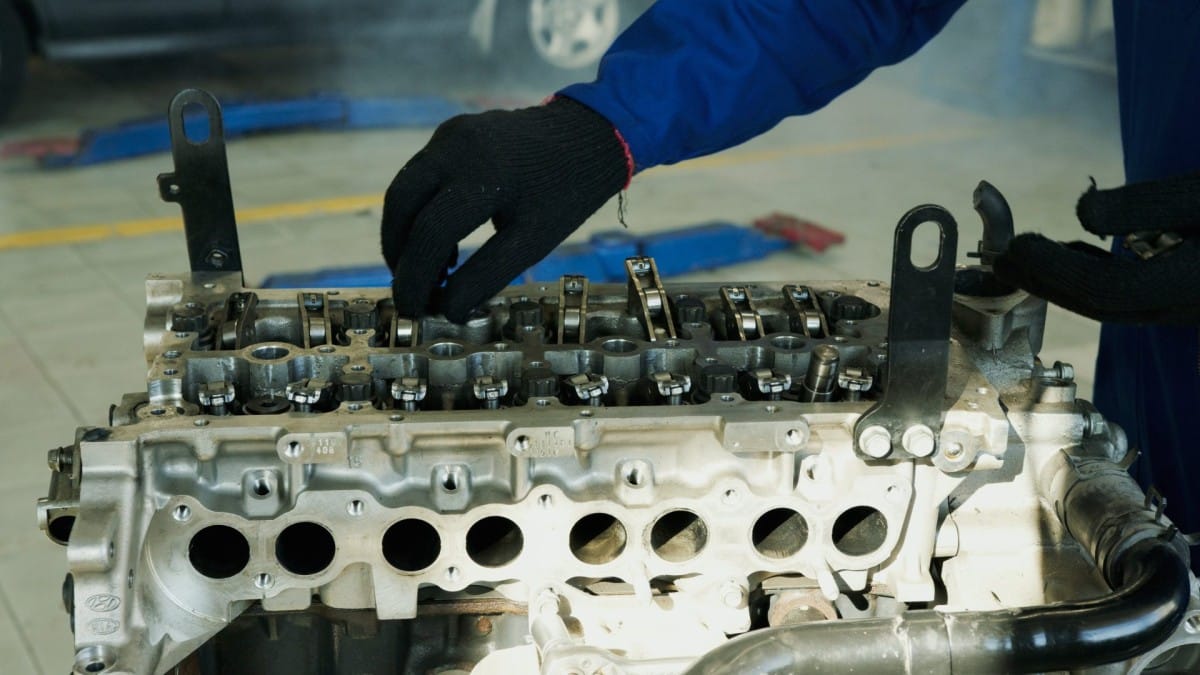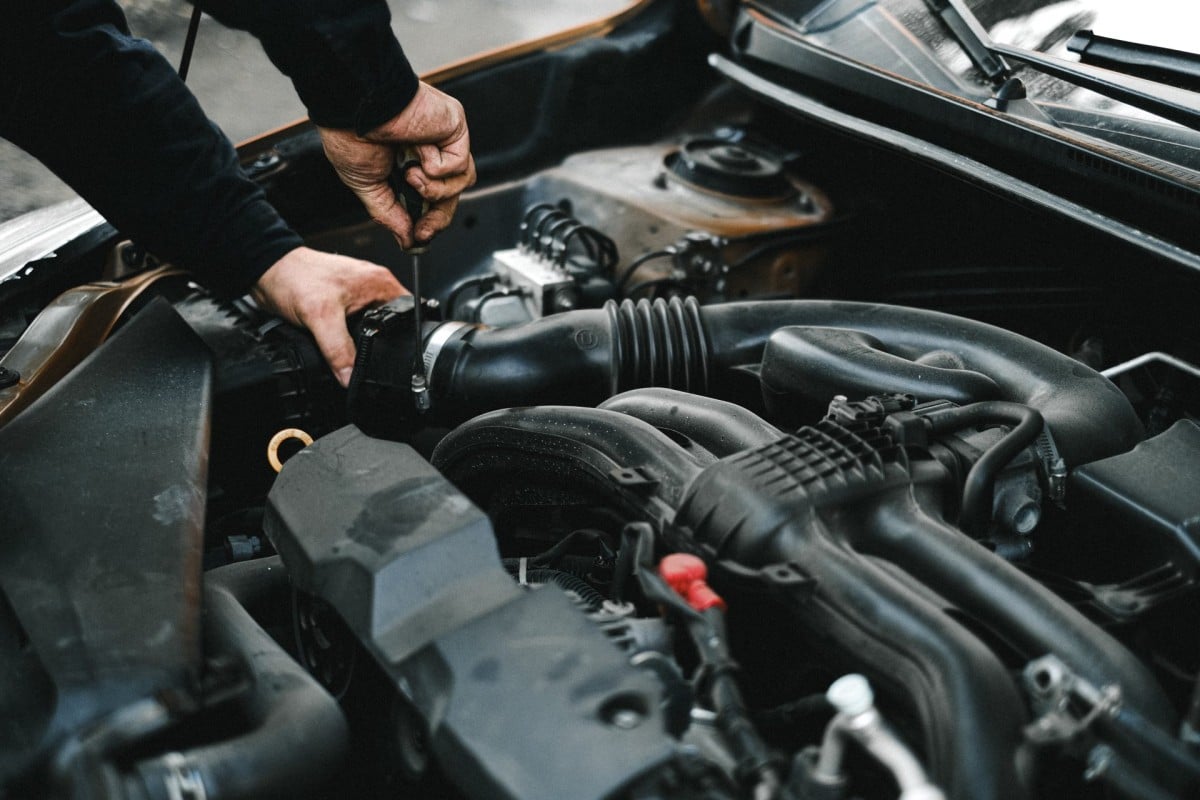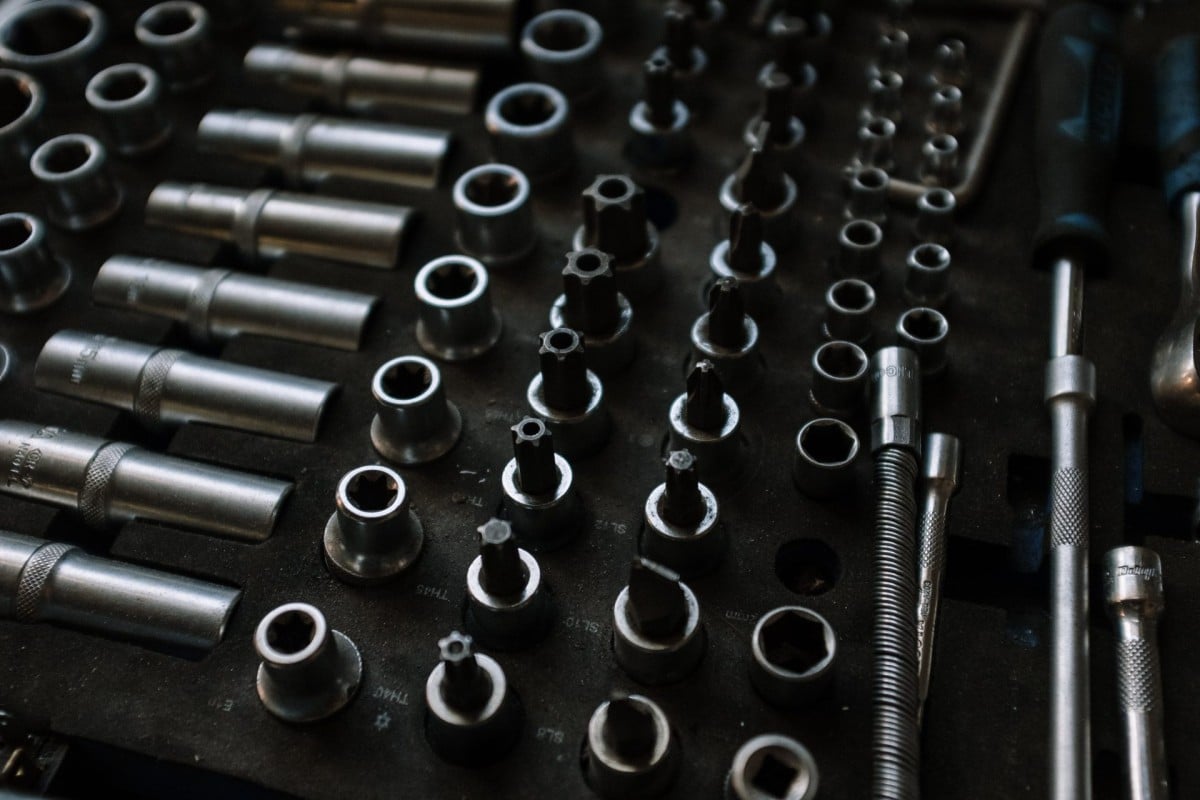It's no secret that the modern automobile is a marvel of engineering. Every component, no matter how small, has a crucial role to play in its overall performance and efficiency. One such essential part that often goes unnoticed is the humble drive belt. This seemingly inconspicuous component is responsible for running various vehicle systems, and a malfunctioning drive belt can significantly impact fuel efficiency.
The Role of Drive Belts
Drive belts, also known as serpentine belts, are like the lifelines of a vehicle. These are long, winding belts driven by the engine's crankshaft that power various systems like the alternator, power steering pump, air conditioning compressor, and more. When a drive belt is functioning properly, your car runs smoothly. However, a worn-out or broken drive belt can lead to inefficient operation of these systems, leading to decreased fuel efficiency.
Drive Belts and Fuel Efficiency
Now, you might be wondering how something as simple as a drive belt can affect fuel efficiency. Well, it's all about energy transfer. Imagine trying to run in sand versus on pavement. It's much easier and requires less energy to run on pavement, right? It's a similar concept with drive belts. A healthy drive belt allows for efficient energy transfer from the engine to the other systems in the car. A worn-out or damaged drive belt, on the other hand, creates resistance, forcing the engine to work harder and consume more fuel.
Let's take the alternator as an example. If the drive belt is not functioning properly, the alternator must work harder to generate electricity. This extra load on the alternator leads to an increased load on the engine, which in turn leads to higher fuel consumption.
Indications of a Faulty Drive Belt
So how can you tell if your drive belt is causing you to lose precious fuel economy? There are a few telltale signs. The most common one is a squealing noise coming from under the hood, especially during startup or acceleration. You might also notice a loss in power, especially in systems like the air conditioning or power steering. The battery light in your dashboard might also come on, indicating that the alternator is not getting enough power.
Maintaining Drive Belt Health
The best way to maximize your vehicle's fuel efficiency is to ensure that the drive belt is in good health. Regular inspections by a professional auto repair service can help spot any signs of wear and tear or damage. The generally recommended replacement interval for drive belts is between 60,000 to 100,000 miles, but this can depend on the vehicle's make and model and the driving conditions.
If you're worried about your fuel economy or have noticed any of the warning signs mentioned above, it may be time for a drive belt inspection or replacement. Don't let a worn-out drive belt burn a hole in your pocket.
This is where we come in. At Sartorial Auto Repairs, we understand the importance of maximizing fuel efficiency. Our trained experts are capable of diagnosing and fixing any drive belt issues your vehicle may have, ensuring optimal performance and fuel economy. Don't wait for your drive belt to fail completely. Book an appointment with us today and drive with the peace of mind that comes from knowing your vehicle is in capable hands.












